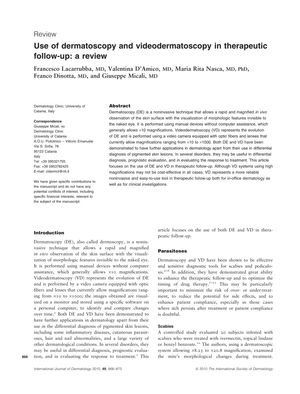TLDR Dermatoscopy and videodermatoscopy are useful and reliable for tracking treatment progress in various skin conditions.
The document reviewed the effectiveness of dermatoscopy (DE) and videodermatoscopy (VD) in the therapeutic follow-up of skin conditions such as scabies, pediculosis, androgenetic alopecia (AGA), alopecia areata (AA), and psoriasis. It highlighted that DE and VD are noninvasive techniques that allow for magnified observation of the skin, with VD providing higher magnifications up to x1000. The review presented evidence from various studies, including one with 20 subjects showing DE's ability to monitor scabies treatment by observing a decrease in mites, and another with 12 patients where VD tracked the reduction of psoriatic capillaries post-cyclosporine treatment. DE and VD were also shown to be useful in assessing treatment efficacy in conditions like nail psoriasis, port-wine stains, and neoplastic lesions. The document concluded that VD, despite its higher cost, might be more reliable and easier to use for therapeutic follow-up in clinical practice and research.
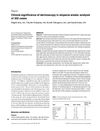 196 citations
,
June 2008 in “International Journal of Dermatology”
196 citations
,
June 2008 in “International Journal of Dermatology” Dermoscopy helps diagnose and manage alopecia areata by showing specific hair changes.
76 citations
,
March 2008 in “Journal of the American Academy of Dermatology” Videodermoscopy can help diagnose and monitor nail bed psoriasis.
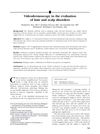 304 citations
,
July 2006 in “Journal of The American Academy of Dermatology”
304 citations
,
July 2006 in “Journal of The American Academy of Dermatology” Videodermoscopy improves diagnosis of hair and scalp disorders and may reduce scalp biopsies.
26 citations
,
November 2005 in “Journal of Investigative Dermatology Symposium Proceedings” TrichoScan effectively measures hair growth improvements in people using minoxidil.
63 citations
,
February 2003 in “Australasian Journal of Dermatology” Global photography and phototrichogram techniques are the best current methods for measuring hair growth.
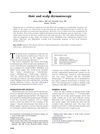 245 citations
,
March 2012 in “Journal of The American Academy of Dermatology”
245 citations
,
March 2012 in “Journal of The American Academy of Dermatology” Dermatoscopy is useful for identifying different hair and scalp conditions and can reduce the need for biopsies.
 66 citations
,
November 2011 in “Journal of The American Academy of Dermatology”
66 citations
,
November 2011 in “Journal of The American Academy of Dermatology” A handheld dermatoscope helps diagnose different types of hair loss effectively.
 5 citations
,
October 2012 in “Expert Review of Dermatology”
5 citations
,
October 2012 in “Expert Review of Dermatology” Trichoscopy is a useful tool for diagnosing hair and scalp diseases without needing skin biopsies.
 86 citations
,
October 2013 in “Dermatologic Clinics”
86 citations
,
October 2013 in “Dermatologic Clinics” Trichoscopy is a useful non-invasive method for diagnosing different hair loss conditions.
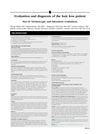 69 citations
,
August 2014 in “Journal of The American Academy of Dermatology”
69 citations
,
August 2014 in “Journal of The American Academy of Dermatology” Trichoscopy is a quick, cost-effective tool for diagnosing different hair loss conditions.
